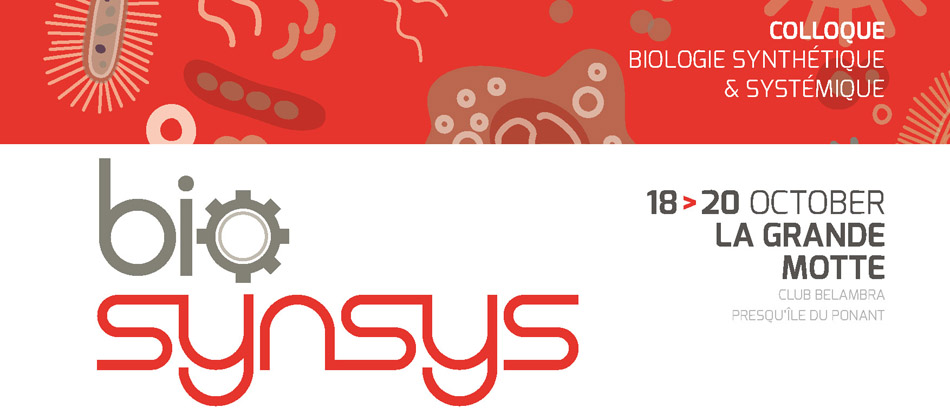Streptoccocus pneumoniae is a bacteria responsible for serious diseases such as pneumonia or meningitis and leads to the death of approximately one million of children each year. Efficient anti-pneumococcal glycoconjugate vaccines made of bacterial capsular polysaccharides have been launched. However, these vaccines confer protection to seven or thirteen out of the approximately 90s pneumoccocus serotypes identified so far. Therefore finding an efficient vaccine against all of them is still a challenge. Moreover, the current conjugation techniques used to prepare the glycoconjugate vaccines do not allow to finely control the amount and position of conjugated carbohydrate haptens, a feature which strongly impact the fate of the immune response. In this context, we plan to generate a vaccine that consist in a conjugate of a well-conserved surface protein of S. Pneumoniae (PsaA), for the targeting of a wider range of serotypes, with a capsular tetrasaccharide (“Gal-Glc-(Gal-)GlcNAc”) that induces effective immunity against one of the most common serotype of S. Pneumoniae (serotype 14). To finely control the site of the capsule tetrasaccharide conjugation on the protein we propose to use the incorporation of propargyl-Lysine, an unnatural amino acid (UAA), during the translation of PsaA. The introduced propargyl-Lysine will bring click chemistry function necessary to perform homogenous and site-specific glycoconjugation with the synthetic tetrasaccharide equipped with a bioorthogonal azide-functionalized spacer.

|
|
|
Abstracts > By author > Grandjean CyrilleInsertion of an unnatural amino acid to create a glycoconjugate vaccine against Streptoccocus pneumoniae
1 : Unité Fonctionnalité et Ingénierie des Protéines
(UMR CNRS 6286)
-
Website
Centre National de la Recherche Scientifique - CNRS : UMR6286, Université de Nantes
UFR SCIENCES ET TECHNIQUES 2, rue de la Houssinière 44322 Nantes Cedex 03 -
France
2 : Laboratoire dÍngénierie des Systèmes Biologiques et des Procédés
(LISBP)
-
Website
* : Corresponding author
Institut National de la Recherche Agronomique : UMR0792, Institut National des Sciences Appliquées - Toulouse, Centre National de la Recherche Scientifique : UMR5504
135 Avenue de rangueil 31077 Toulouse cedex 04 -
France
|
 PDF version
PDF version
